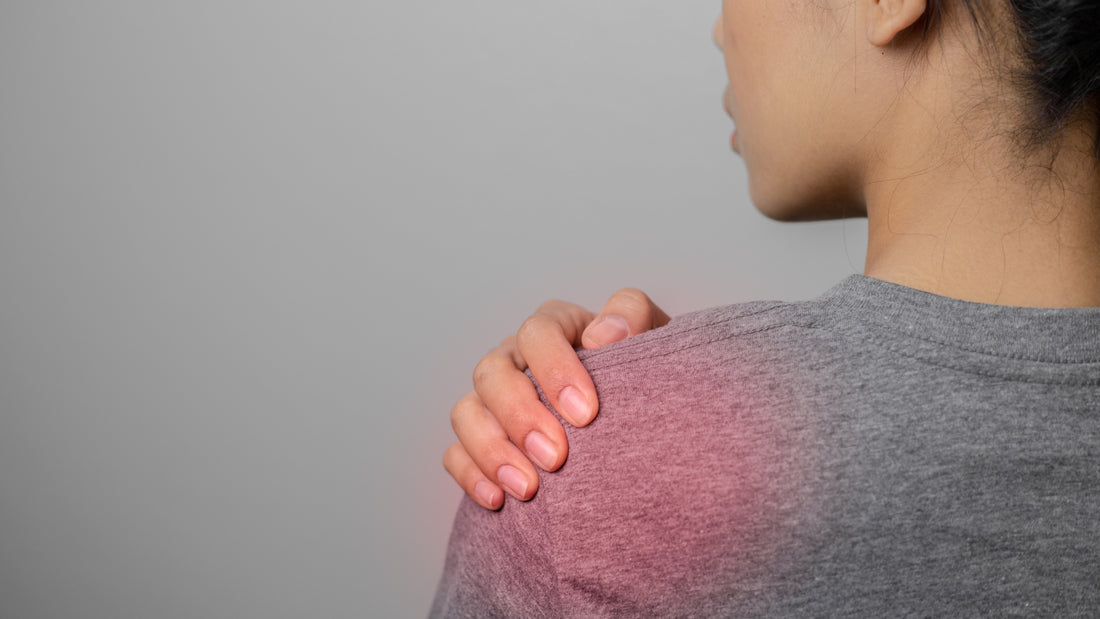Have you ever felt that your sports bra was more of a burden than a benefit? You’re not alone. While sports bras are designed to keep everything in place, it’s not just the wrong fit that can lead to pain, but also the type of sports bra also matters.
There are three main types of sports bras:
- Encapsulation: Separately supports each breast and limits breast movement in the cups.
- Compression: Flattens the breast tissue against the body to reduce movement.
- Combination: A hybrid of the two, offering the best of both worlds.
The Science Behind the Support
The primary goal of a sports bra is to reduce breast movement during exercise. Since breasts are made up of fat, ligaments, and skin, and contain no muscle so they rely entirely on external support to avoid discomfort and prevent long-term damage, such as permanent ligament damage which can lead to sagging over time.
However, the type of sports bra you wear is just as important as the fit. Compression bras, for example, might be good for low-impact activities like yoga but can lead to problems during high-impact exercises. Did you know that 80% of a bra’s support comes from the band? If the band is not adjustable and can fit over your shoulders to put on then it is too stretchy and won’t provide the firm support needed to stabilize the breasts. This lack of stability can lead to discomfort in the back, chest, and shoulders and may cause postural issues.
Why You Might Feel Pain
Back and Shoulder Pain
Compression bras may feel snug, but without features like adjustable straps and underbands, they tend to shift the load onto your shoulders. This can cause tension in the upper back and shoulders as your body compensates for the lack of breast support. Encapsulation bras, while better at supporting each breast separately, can sometimes shift too much weight onto the straps if the band doesn’t provide adequate support. A combination bra is designed to distribute weight more evenly, but only if the fit is just right.
Chest Pain
Breathability is crucial in a sports bra because restricted breathing affects oxygen flow to your muscles. When your muscles don’t get enough oxygen, they fatigue more quickly, impacting your endurance during workouts. If the bra's underband or straps are too tight, it can restrict circulation, potentially leading to light-headedness, weakness, and even numbness in the fingertips.
Encapsulation bras, while great for separating each breast, can sometimes allow for too much independent movement. Breasts don’t just move up and down or side to side, they actually move in a figure-eight pattern. This unbalanced motion can throw off your body’s alignment, affecting how you move, walk, and perform during exercise.
To avoid this, it’s important to ensure the band is firm and adjustable. This way, you can fine-tune the fit to suit your body, reducing both movement and discomfort.
The Fix: Opt for the Right Type and Fit
Choosing the right type of sports bra is just as crucial as getting the proper fit. If you’re doing high-impact exercises, opt for a bra that offers a combination of encapsulation and compression, as it provides the most comprehensive support. Make sure the band is firm, it should be snug enough to keep everything in place but not so tight that it restricts movement or breathing. Adjustable straps and a secure band are key features that help you customize the fit and ensure the bra stays supportive over time. For more guidance on how to choose the right bra that won’t cause you pain, read this blog.
A Final Word
Yes, sports bras can cause back, chest, and shoulder pain, but it’s often due to the wrong type or a poor fit. A good sports bra that supports you and fits you properly should not cause you pain. If you're looking for the right sports bra that supports you and keeps you comfortable, the Tigers Eye bra, developed alongside breast health and bra experts, is your new go-to.

Leave a comment